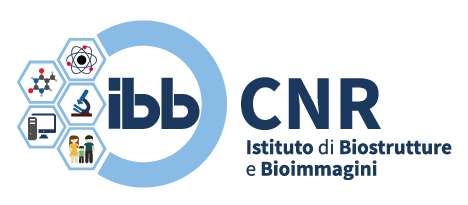Description
Objectives and expected results
Optimization of the HER2 targeting peptides. On the basis of the previously performed computational study that allowed the identification of the structural determinants responsible for the interaction between A9 and the model system HER2-DIVMP, we have planned to perform lead-optimization studies in order to select peptide ligands endowed with enhanced receptor binding affinity and also with improved pharmacokinetic properties. Modification of peptide A9 will be designed aimed at decreasing its hydrophobicity. Amongst the strategies to enhance solubility, PEGylation will be considered first, as it is known to improve lifetime and retention in the circulation, in addition to solubility, without altering the bioactive conformation of the peptide. To summarize, dendritic structures will be designed, since they represent ideal scaffolds for the multimerization of bioactive molecules. The binding affinity of the A9 dimer/ multimer will be firstly evaluated toward HER2-DIVMP model system, fully representative of domain IV of the receptor. In particular, we will study this interaction by fluorescence spectroscopy technique. As subsequent step, the binding affinity of each compound will be evaluated in vitro by employing HER2-expressing cells (BT474 cell line, human breast carcinoma, and TUBO cells from BALB-NeuT mammary carcinoma).
Functionalization of phospholipid-based nanosystems with peptide A9 for active targeting of drugs and visualization of their delivery by Magnetic Resonance Imaging (MRI). Visualization and quantification of drug delivery to the target site is critical to personalize the treatment. Active targeting (or active release) of the drug is critical to reduce off target side effects. Our approach to achieve both visualization of drug delivery and active targeting is based on phospholipid-based nanosystems (liposomes/micelles with hydrodynamic radius around 20 nm) incorporating both an anticancer drug and an MRI contrast agents. The MRI contrast agent is based on the amphiphilic Gd(III)-complex Gd-DOTAMA(C18)2, which inserts into the phospholipid membrane. By this strategy, a single nanosystem can bring on site multiple copies of the contrast agents, thus circumventing the
inherent low sensitivity of MRI in molecular imaging applications. To achieve active targeting, the external surface of the liposomes will be decorated with the A9 targeting sequence, by this peptide to the liposome through a polyethylene glycol spacer.
The system will be evaluated against our HER2-DIVMP soluble receptor fragment to check whether the high binding affinity is maintained. Then, recognition of the receptor on HER2-expressing cells will be assessed. Finally, accumulation of the MRI labelled, active targeted nanosystem in the tumor of BALB-NeuT mice will be assessed in vivo and compared with that of analogous, non-targeted system.
Project proponents
- Istituto di Biostrutture e Bioimmagini-CNR
Involved entities
- Dipartimento di Medicina Veterinaria – Università degli studi di Napoli “Federico II”

